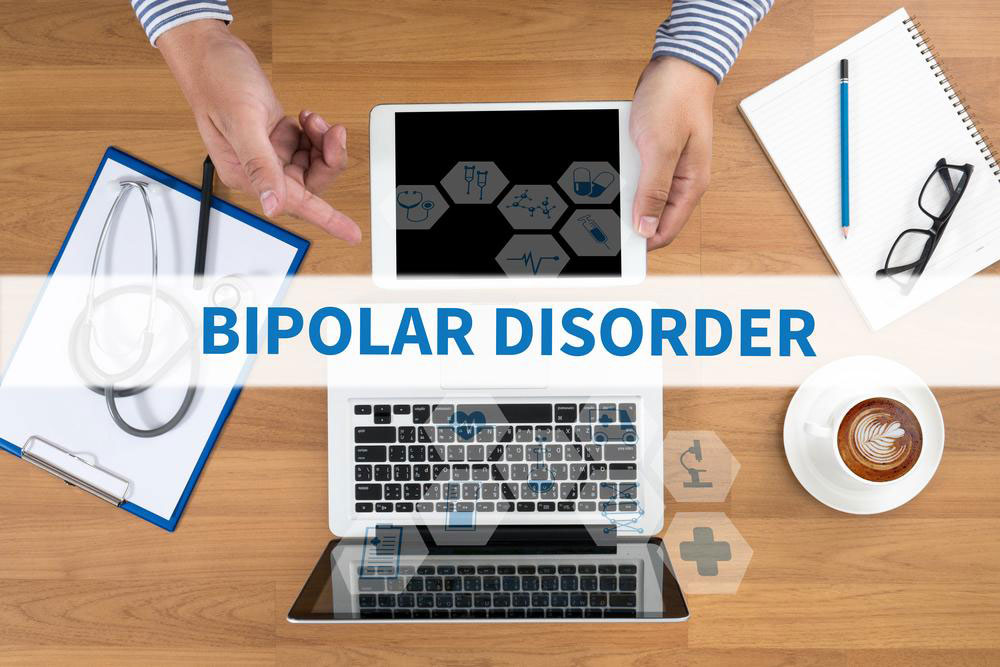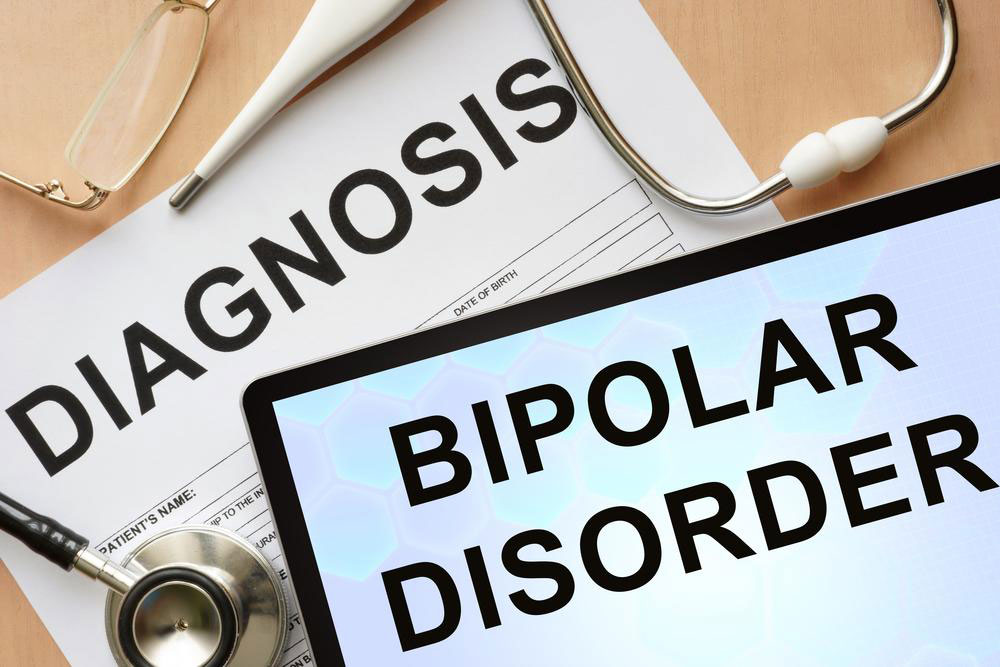Comprehensive Guide to Bipolar Disorder: Causes, Symptoms, and Effective Treatment Strategies
This comprehensive article explores bipolar disorder, covering its root causes, recognizing symptoms, and exploring current treatment options. Designed to educate readers, it emphasizes the importance of early diagnosis and consistent management to improve quality of life. Understanding bipolar disorder can help reduce stigma and encourage those affected to seek professional help for effective symptom control.

Introduction to Bipolar Disorder
Bipolar disorder, also known as manic-depressive illness, is a complex and often misunderstood mental health condition. Many people mistakenly believe that bipolar disorder simply involves mood swings or periods of depression, but it encompasses a wide range of symptoms that can significantly disrupt an individual's daily life, relationships, and overall well-being. Understanding the intricacies of bipolar disorder is essential for early diagnosis, effective management, and improving the quality of life for those affected.
This mental health condition is characterized by alternating episodes of extreme mood states, which include periods of intense happiness or irritability called mania or hypomania, and episodes of deep depression. These mood episodes are often accompanied by fluctuations in energy levels, cognitive function, sleep patterns, and behavior. Because of the variability and severity of symptoms, bipolar disorder can be difficult to diagnose accurately, especially in its early stages.
Accurate diagnosis is critical, as untreated bipolar disorder can have profound effects on an individual's personal life, career, and social relationships. Individuals with bipolar disorder may struggle with maintaining stable employment, managing relationships, and fulfilling daily responsibilities. Recognizing the warning signs early can lead to timely intervention and better long-term outcomes.
In terms of prevalence, bipolar disorder affects approximately 1% to 2% of the global population, equally affecting men and women. It often begins in late adolescence or early adulthood, although symptoms can emerge at any age. Several factors contribute to the risk of developing bipolar disorder, including genetic predispositions, neurobiological differences, environmental stressors, and substance abuse.
Causes and Risk Factors
The exact causes of bipolar disorder remain unclear, but research suggests a combination of genetic, biological, and environmental factors. Family history plays a significant role; individuals with close relatives diagnosed with bipolar disorder are at higher risk. Brain imaging studies have revealed structural and functional differences in regions responsible for mood regulation, such as the prefrontal cortex and amygdala.
Neurochemical factors also contribute, with imbalances in neurotransmitters like serotonin, norepinephrine, and dopamine believed to influence mood episodes. Stressful life events, traumatic experiences, and substance abuse can exacerbate symptoms or trigger episodes in predisposed individuals. Hence, understanding these risk factors is crucial for early detection and intervention.
Symptoms and Diagnosis
The hallmark of bipolar disorder is the presence of mood episodes that deviate significantly from an individual’s usual mood state. These mood episodes are categorized as manic, hypomanic, and depressive episodes.
Manic episodes: These are periods marked by elevated or irritable mood, increased energy, decreased need for sleep, grandiosity, rapid speech, racing thoughts, distractibility, and reckless behavior. During mania, individuals may engage in risky activities, such as spending sprees or unsafe sexual behavior, which can lead to serious consequences.
Hypomanic episodes: Similar to manic episodes but less severe, hypomania involves elevated mood and increased activity that lasts for at least four days. It usually does not cause significant impairment in social or occupational functioning.
Depressive episodes: These periods are characterized by feelings of sadness, hopelessness, loss of interest or pleasure in activities, fatigue, difficulty concentrating, changes in appetite or sleep, and thoughts of death or suicide.
Diagnosis requires a comprehensive clinical evaluation by a mental health professional, including detailed patient history and symptom assessment. No laboratory test can definitively diagnose bipolar disorder, making clinical judgment essential. Differential diagnosis is important, as symptoms can overlap with other mental health conditions like depression, personality disorders, or substance use disorders.
Management and Treatment Strategies
Although bipolar disorder has no cure, its symptoms can be effectively managed through a combination of medication, psychotherapy, lifestyle changes, and ongoing support. A tailored treatment plan is crucial for achieving stable mood and preventing relapse.
Medications: Mood stabilizers such as lithium remain the cornerstone of treatment. Antipsychotics, anticonvulsants, and antidepressants are also used depending on the individual’s symptoms and response. Medication adherence is vital, as abrupt discontinuation can lead to relapse or worsening symptoms. Regular monitoring of side effects and blood levels is necessary to optimize treatment.
Psychotherapy: Various therapeutic approaches can help individuals understand their condition, develop coping strategies, and improve skills for managing symptoms. Cognitive-behavioral therapy (CBT), interpersonal and social rhythm therapy, and family-focused therapy are commonly recommended.
Lifestyle and Support: Maintaining a stable routine, avoiding triggers like stress or substance abuse, ensuring adequate sleep, and engaging in regular physical activity can significantly reduce episodes. Support groups and psychoeducation programs provide valuable peer support and enhance understanding of the disorder.
Hospitalization might be necessary during severe episodes, especially if there is a risk of self-harm or harm to others. Emergency interventions focus on ensuring safety and stabilizing mood through medication adjustments and supportive care.
Living with Bipolar Disorder
Managing bipolar disorder is a lifelong journey that requires vigilance, support, and adherence to treatment. Building a strong support system involving family, friends, and healthcare professionals is vital for maintaining stability. Education about the disorder empowers patients to recognize early warning signs, such as mood swings or changes in sleep patterns, which can signal an upcoming episode.
Patients are encouraged to develop healthy coping mechanisms, avoid substance abuse, and prioritize mental health. Regular psychiatric follow-up ensures that treatment remains effective and adjustments can be made as needed. With proper management, many individuals with bipolar disorder lead productive, fulfilling lives and maintain meaningful relationships.
Conclusion
Bipolar disorder is a complex mental health condition that requires comprehensive understanding and treatment. While it presents numerous challenges, advances in psychiatric medicine and therapy have made it possible for affected individuals to manage symptoms effectively and lead stable lives. Early recognition, consistent treatment, and a supportive environment are keys to improving outcomes. If you suspect you or someone you know may have bipolar disorder, seeking professional help is the first crucial step toward recovery and stability.





